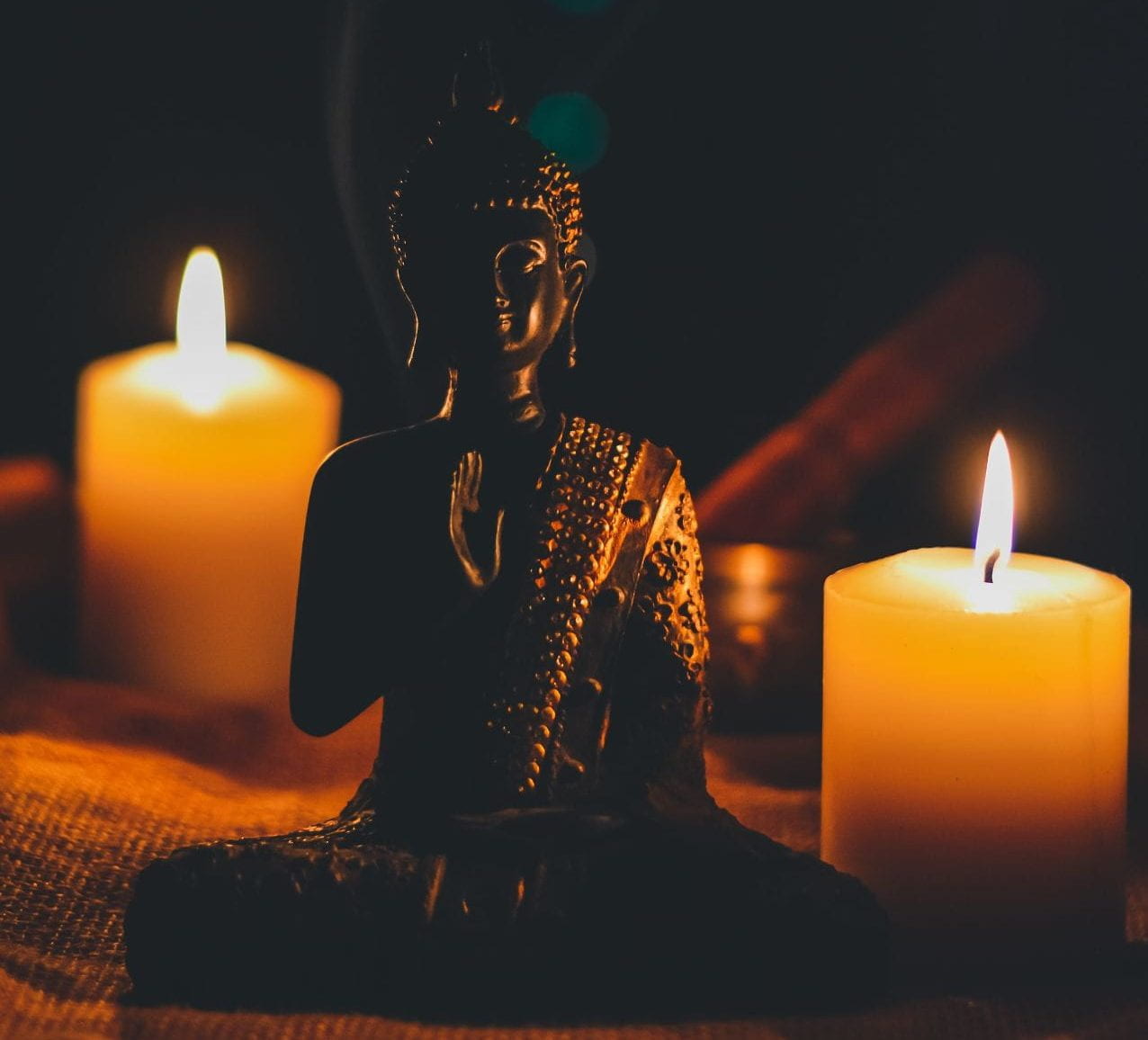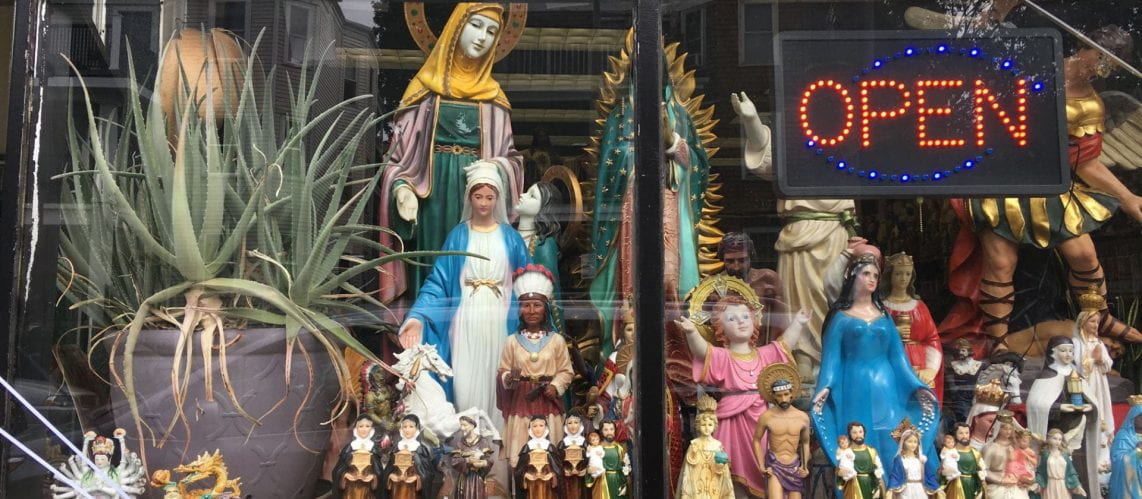By Nicholas Scrimenti
Nicholas Scrimenti is a 3rd year Masters of Divinity student at Harvard Divinity School. He is pursuing the Certificate in Religious Studies and Education and is planning to explore a career in education following graduation. He writes on religion, politics, and culture in his free time.

I could not think of a better exhibit with which to illustrate the key principles of internal diversity, historical change, and cultural embeddedness than Erik Braun’s study of Burmese meditation vis-à-vis British colonialism. The story of how British colonialism in Burma shaped the way meditation was taught and practiced in Burma, as well as its subsequent export to the United States, is a clear object-lesson in the tenets of religious literacy.
With regard to the internal diversity of religious traditions, Braun’s article proceeds from the assumption that Burmese Theravadin Buddhism is but one expression of many “buddhisms,” even one of many different Theravadin traditions. His article illustrates the uniqueness of the Burmese tradition and the historical and cultural factors that shaped it. Braun’s final paragraph makes this explicit, saying, “Meditation doesn’t really exist. Not, anyway, as some single, unchanging entity. There are, instead, only the many interpretations and techniques of practice bound together in contingently arisen contexts over time.” I will make this paragraph a focus of discussion during the lesson.
Buddhism in Burma during the 19th and 20th centuries was profoundly shaped by the deposition of the Burmese king at the hands of the British Empire. Braun outlines this history and much of my discussion will focus on the fact that Buddhism, and any other religion, does not exist in a vacuum. At the same time, the Braun article does a nice job of pointing out the way in which Buddhist leaders and laypeople responded to these developments, thus their agency is not lost in the “facts” of history. It is my hope that this example will illustrate both the ways in which religions change, as well as the cultural “situatedness” of religion.
In this lesson, I am primarily drawing on the method of Diane Moore, particularly her cultural studies approach and case study on teaching Islam (see Overcoming Religious Illiteracy, 2007). Just as it is necessary to include a lesson on colonialism in order to understand contemporary Islam, so too must you study colonial history to understand how Buddhism has reformed and adapted in colonial contexts. I also experiment with the word association exercise that Diane Moore includes in her book. I am interested to see how students respond to the words “Buddhism” and “meditation,” as most of the associations are likely to be disproportionately positive or neutral.

Readings:
Braun, Erik. “Meditation En Masse.” Tricycle: The Buddhist Review, Spring 2014.
Religion, Peace, and Conflict in Myanmar, Religious Literacy Project, 2015.
Discussion Outline:
This lesson is expected to take two or more class meetings and assumes prior knowledge of the core principles of religious literacy and familiarity with Galtung’s typology of violence and peace.
- Word association activity with words “Buddhism” and “meditation”
Analyze the words. What trends came up? What words can be challenged or discussed further?
2. Braun’s Article: Colonialism and Situated Knowledge
What is Braun’s argument? What is the historical trajectory he is outlining? How are the British Empire, Burma, and meditation in America related?
-
-
- “Theravada Buddhists believed that maintaining the sasana required an active king who donated generously to monks and monasteries, and who also made sure that both the ordained and lay populations upheld Buddhist ideals.”
- “The Burmese did not take this lying down. With the king gone, the laity organized among themselves, coming together in associations and clubs at a scale never seen before. They held scriptural exams for monks, pooled resources to feed and clothe whole monasteries, and among themselves undertook deep study of the dhamma in order to respond to Christian missionary critiques and preserve the precious teachings that might otherwise disappear from the world.”
-
What did meditation look like before British colonialism? What did it look like after?
-
-
- “Fan up” vs. “fan down”
-
3. Passage Discussion
Ask students to closely read the following passage:
-
-
- “The ongoing transformations of insight meditation point to a powerful and possibly liberating fact: meditation doesn’t really exist. Not, anyway, as some single, unchanging entity. There are, instead, only the many interpretations and techniques of practice bound together in contingently arisen contexts over time.”
-
Do we understand how Braun got to this conclusion? What does it say about religion?
Implications:
-
-
- Religions change based on historical, cultural, and political factors
- Knowledge is situated in these factors
- There is no one Buddhism, but multiple, diverse Buddhisms (Religions are internally diverse)
-
4. The propensity of religion toward good and evil
Religious actors may be oppressed or oppressors at different historical moments or at the same time.
-
-
-
- Example: Burmese Buddhist oppression of Rohingya Muslims
-
-
What does this tell us about religion?
How do we explain how Burmese monks went from expounding a creative and, in some sense, more inclusive form of meditation in response to British colonialism to the violent and polemical doctrine seen in the video?
4. Galtung’s Typology of Violence and Peace (assumes prior introduction to Galtung)
What structures of violence are at play in Braun’s article?
What are the ideas, the cultural violence, that support and justify these structures?
Is there structural or cultural peace present in this story?
If the monastery is a site of cultural and structural peace during the period of British rule in Burma, how might we conceive of it today?
6. Personal Reflections
If you meditate, how might the legacy of colonialism change the way you view your practice?
7. Wrap-up and any lingering questions

